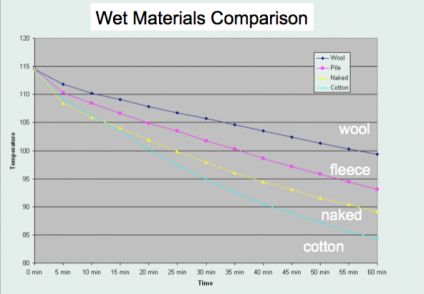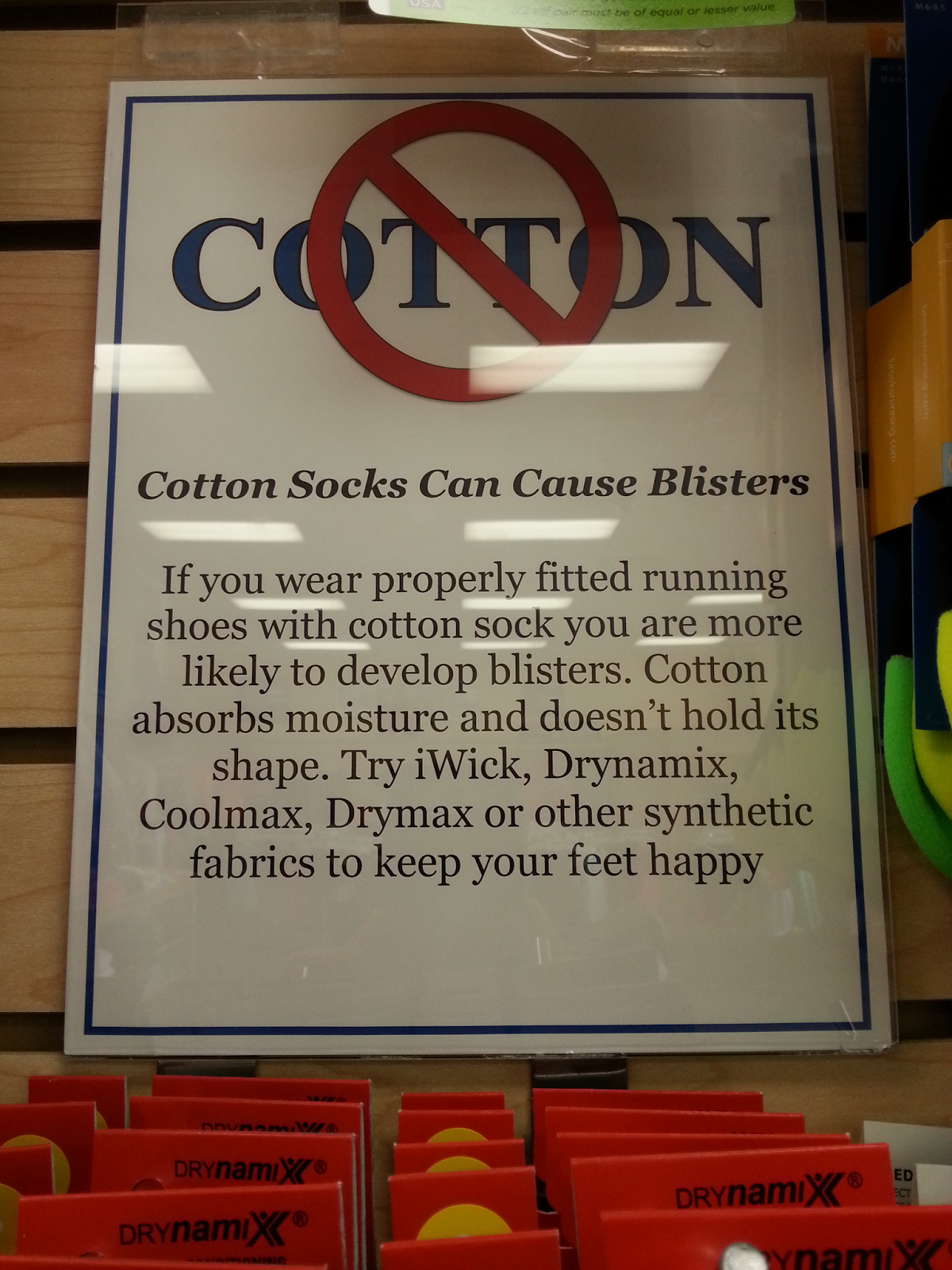Cotton vs. Synthetic: Why Synthetic is Actually the Natural Choice
As we round the corner into holiday season, an age-old question for Adventure Treks parents often comes up as outdoor adventure clothing makes its way onto our students’ wish lists: Which material is best: cotton, wool, or synthetic? Given the number of choices you face at the store and online, it’s easy to get overwhelmed and have trouble determining which fiber is best suited for your student’s outdoor experience. The answer is simple, kind of: They’re all beneficial in their own way on an Adventure Treks trip.

Cotton is OK when hanging out at camp!
Cotton
Many people who work and play in the outdoors are firmly anti-cotton, staying as far away from it as possible. Cotton clothing certainly has its limitations, but it also can provide comfort and functionality in certain outdoor conditions.
Pros
Light, breezy cotton feels great in hot environments where it’s safe and comfortable for your shirt to retain moisture. For example, wearing a cotton shirt for climbing in Colorado or mountain biking in California is totally OK! I love to wear cotton in environments that are dry and hot. The bottom line: Cotton is acceptable as long as you don’t have to depend on it to keep you warm if the weather turns cold or wet. If I wear cotton in the backcountry, I always have an additional layer to keep me warm and dry. The best place for cotton T-shirts at Adventure Treks are on non-water-based day trips in warm environments.

Cotton clothing retains moisture (i.e., sweat or precipitation) far more than synthetic or wool; i.e., cotton does not dry quickly. Wearing cotton in cold, wet, and windy conditions will not keep you warm or dry, leaving you at risk for emergencies like hypothermia. (And wet conditions can range from very humid environments to a subtle mist to pouring down rain.) A cotton shirt might be perfectly fine on three-mile day hike in California, where you’ll return to camp at night to change into warmer clothing. A cotton shirt is an absolute no-no as your main layer on a multi-day backpack in Washington.

Non-cotton-only clothing in the mountains!
Synthetic and Wool
Pros
First, what exactly does synthetic mean? Synthetic fabrics are usually a blend of polyester, nylon, spandex, or any combination thereof. Wool typically refers to merino wool, a fine and soft fiber. Both synthetic and wool are the materials of choice in the backcountry, especially when the weather may turn cold, wet, and windy. Synthetic and wool wick moisture away from your skin, dry quickly, and preserve body temperature, thereby helping you stay warm and dry when conditions go south.
You’ll notice that many trips’ packing lists require several synthetic or wool baselayers along with fleece jackets. These fibers’ benefits increase with layering; a non-cotton T-shirt will wick sweat away as you hike, while a non-cotton mid- or outer layer helps keep you warm when it gets chilly.
When shopping for synthetic clothing, check the label. If the item is blended with cotton, it will not be as effective as 100 percent wool or synthetic.
Cons
Fortunately, there aren’t many! Wool is the most expensive option: it’s sustainably sourced, durable, and doesn’t retain body odor. Even though it’s a soft fabric, some may find it itchy. Synthetic options will be less expensive and just as durable; however, polyester tends to stink more, and more quickly. (We recommend washing all new items before wearing, especially synthetics, as they’ll retain the first scent they encounter. Laundry detergent usually smells a little nicer than BO…)
 Don’t Forget the Socks!
Don’t Forget the Socks!
We talk a lot about non-cotton T-shirts, pants, and outer layers (fleece) on our packing lists, and sometimes parents forget about an equally important item: hiking socks! Because synthetic and wool socks wick away sweat from your feet, they help prevent blisters and keep feet dry. While cotton socks are fine when we’re hanging out at camp, moisture-wicking socks are absolutely crucial for every activity at Adventure Treks that requires tennis shoes or boots. Just remember: Cotton socks = soggy and blistered feet.
If you’re keen to go ahead and check out your student’s packing list, click here and navigate to the specific trip. Click on Trip Resources (on the right, under the main top photo), and scroll down to download the packing list PDF. We also have a store that you can browse; all of the items can be used on an Adventure Treks trip!


 Don’t Forget the Socks!
Don’t Forget the Socks!